What Does The Military Use For Night Vision ?
The military uses various types of night vision technology, including image intensification and thermal imaging systems, to enhance visibility in low-light or dark conditions. These devices allow soldiers to see in the dark by amplifying available light or detecting thermal radiation. Image intensification night vision devices work by collecting and amplifying ambient light, making objects visible to the human eye. Thermal imaging systems, on the other hand, detect the heat emitted by objects and create a visual representation of the temperature differences. Both types of night vision technology are crucial for military operations, providing soldiers with improved situational awareness and the ability to operate effectively during nighttime or in obscured environments.
1、 Image intensification technology
The military uses image intensification technology for night vision. Image intensification technology works by collecting and amplifying available light, such as moonlight or starlight, to provide enhanced visibility in low-light conditions. This technology allows military personnel to see clearly in the dark, giving them a significant advantage in nighttime operations.
Image intensification devices consist of several components, including an objective lens to gather incoming light, an image intensifier tube to amplify the light, and an eyepiece to view the intensified image. The image intensifier tube is the heart of the system and is responsible for converting the incoming light into a visible image.
In recent years, there have been advancements in image intensification technology. One notable development is the introduction of digital night vision devices. These devices use a combination of image intensification and digital processing to provide enhanced image quality and additional features. Digital night vision devices can offer improved resolution, extended detection ranges, and the ability to record and transmit images.
Furthermore, there has been a shift towards incorporating thermal imaging technology into night vision systems. Thermal imaging detects the heat emitted by objects and converts it into a visible image. This allows military personnel to see in complete darkness or through smoke, fog, and other obscurants. By combining image intensification and thermal imaging, military forces can have a comprehensive night vision capability.
Overall, image intensification technology remains the primary method used by the military for night vision. However, with advancements in digital processing and the integration of thermal imaging, night vision capabilities continue to evolve, providing military personnel with improved situational awareness and operational effectiveness in low-light environments.

2、 Thermal imaging technology
The military uses thermal imaging technology for night vision. Thermal imaging works by detecting the heat signatures emitted by objects and converting them into visible images. This technology allows soldiers to see in complete darkness or low-light conditions, providing them with a significant advantage on the battlefield.
Thermal imaging devices are commonly used in military operations for various purposes. They help soldiers detect and identify potential threats, such as enemy combatants or vehicles, even when they are concealed by darkness or camouflage. This capability enhances situational awareness and enables troops to make informed decisions quickly and effectively.
Moreover, thermal imaging technology is also valuable for search and rescue missions. It can help locate missing persons or survivors in disaster-stricken areas, as the heat emitted by their bodies can be easily detected. This capability has proven crucial in saving lives during natural disasters or military operations.
In recent years, there have been advancements in thermal imaging technology that have further improved its effectiveness. These advancements include higher resolution sensors, improved image processing algorithms, and the integration of thermal imaging with other technologies such as augmented reality. These developments have enhanced the clarity and accuracy of thermal images, allowing soldiers to gather more detailed information about their surroundings.
Additionally, some military organizations are exploring the use of unmanned aerial vehicles (UAVs) equipped with thermal imaging technology. These UAVs can provide real-time thermal imagery from the air, giving commanders a comprehensive view of the battlefield and aiding in tactical decision-making.
In conclusion, thermal imaging technology is the primary tool used by the military for night vision. Its ability to detect heat signatures and convert them into visible images has revolutionized military operations, providing soldiers with a significant advantage in low-light or dark environments. Ongoing advancements in this technology continue to enhance its effectiveness, making it an invaluable asset for the military.
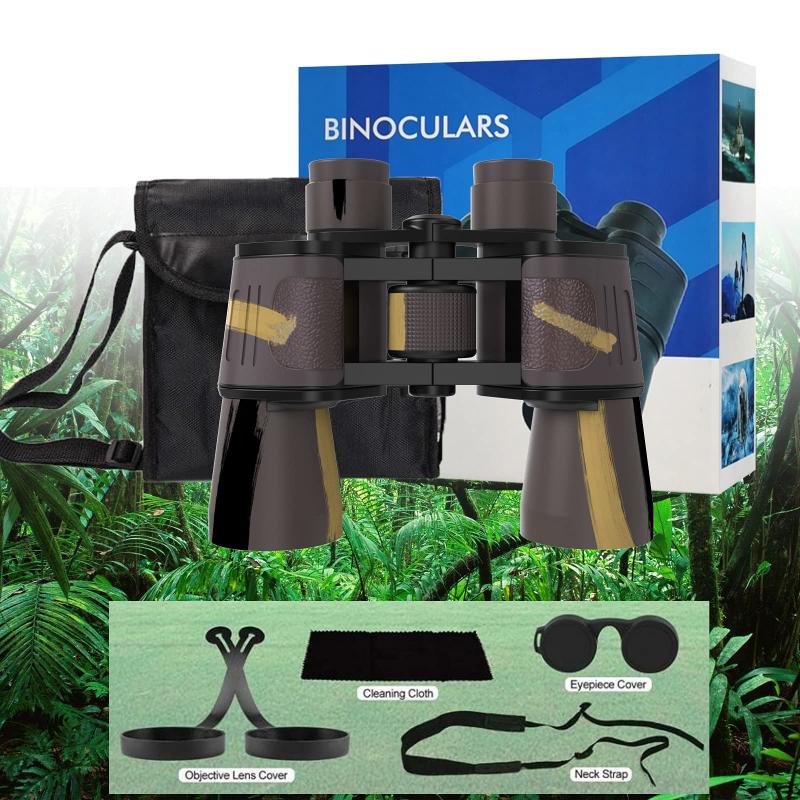
3、 Infrared illumination devices
The military uses a variety of technologies for night vision, with one of the most prominent being infrared illumination devices. These devices emit infrared light, which is invisible to the naked eye but can be detected by specialized sensors. By illuminating the surroundings with infrared light, these devices enable military personnel to see in complete darkness or low-light conditions.
Infrared illumination devices work by emitting infrared light that is then reflected off objects in the environment. The reflected light is captured by sensors in night vision goggles or cameras, which convert it into a visible image. This technology allows military personnel to navigate, detect potential threats, and conduct operations with enhanced situational awareness during nighttime operations.
The latest advancements in infrared illumination devices have focused on improving their range, resolution, and overall performance. Modern systems utilize advanced sensors and optics to provide clearer and more detailed images, even in challenging environments. Additionally, there has been a shift towards integrating infrared illumination devices with other technologies, such as thermal imaging, to provide a more comprehensive view of the battlefield.
Furthermore, ongoing research and development efforts are exploring new materials and techniques to enhance the capabilities of infrared illumination devices. For example, there is a growing interest in developing devices that can operate in multiple spectrums, allowing military personnel to see through smoke, fog, and other obscurants.
In conclusion, infrared illumination devices are a crucial component of the military's night vision capabilities. With continuous advancements in technology, these devices are becoming more effective and versatile, enabling military personnel to operate with increased effectiveness and safety in low-light or no-light conditions.
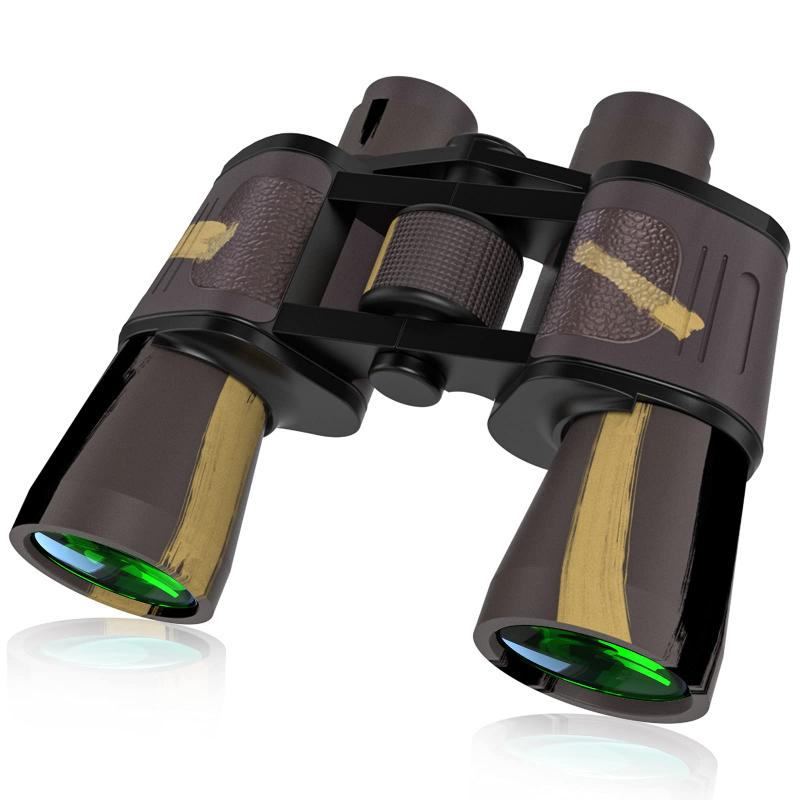
4、 Low-light level imaging systems
The military uses low-light level imaging systems for night vision. These systems are designed to enhance visibility in low-light conditions, allowing soldiers to operate effectively during nighttime operations. Low-light level imaging systems work by amplifying the available light, including moonlight and starlight, to provide a clearer image of the surroundings.
One of the most commonly used low-light level imaging systems is the image intensifier tube (IIT). This technology works by collecting the available light through an objective lens and then passing it through a photocathode. The photocathode converts the photons into electrons, which are then accelerated and amplified by a microchannel plate. The amplified electrons are then converted back into visible light, creating a brighter image that can be viewed through an eyepiece.
In recent years, there have been advancements in low-light level imaging systems, including the use of digital night vision technology. Digital night vision systems use sensors to capture the available light and then process it digitally to enhance the image. This technology offers several advantages over traditional image intensifiers, such as the ability to record and transmit images, as well as the option to overlay additional information, like GPS coordinates, onto the display.
Additionally, thermal imaging technology is also utilized by the military for night vision purposes. Thermal imaging systems detect the heat emitted by objects and create an image based on the temperature differences. This allows soldiers to detect and identify potential threats even in complete darkness or obscured conditions, such as smoke or fog.
In conclusion, the military relies on low-light level imaging systems, including image intensifiers, digital night vision, and thermal imaging, for night vision capabilities. These technologies continue to evolve, providing soldiers with improved visibility and situational awareness during nighttime operations.




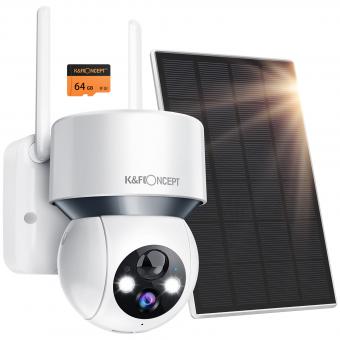
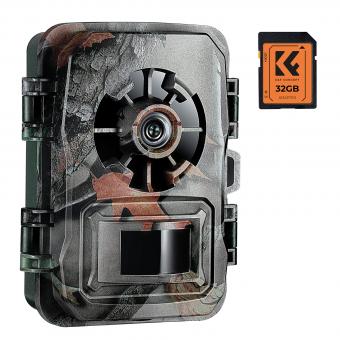
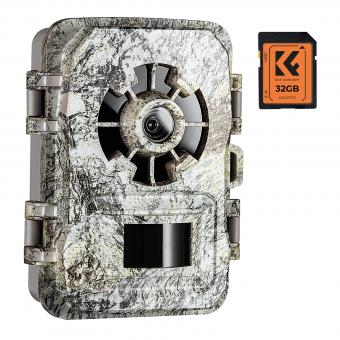

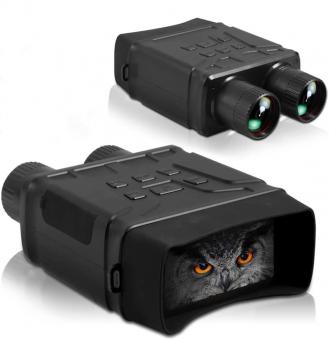

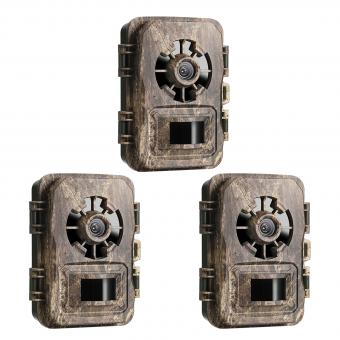





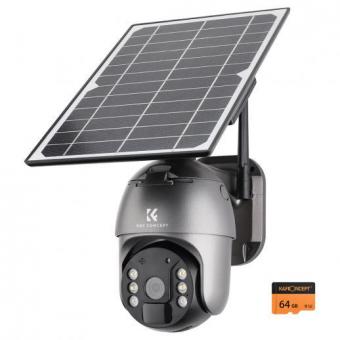




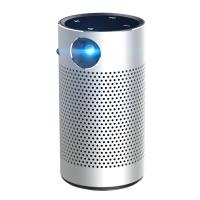
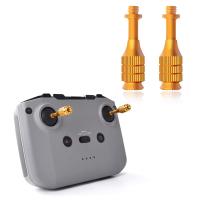
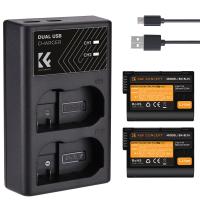


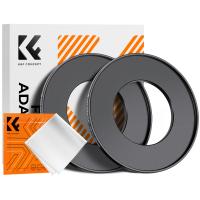




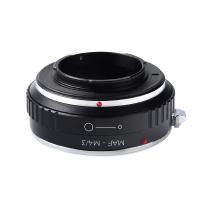
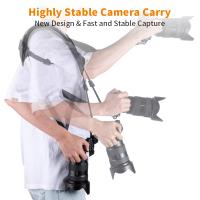
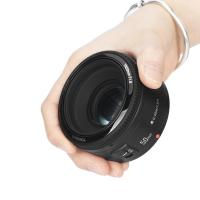
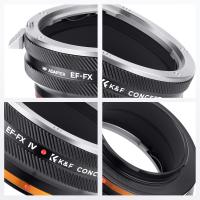
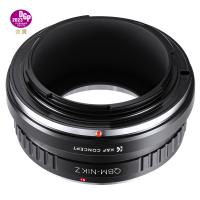

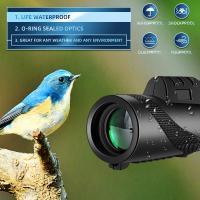
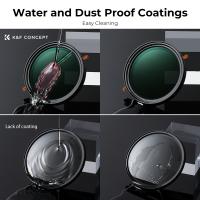
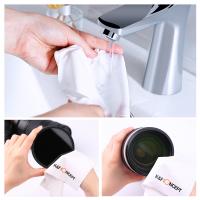
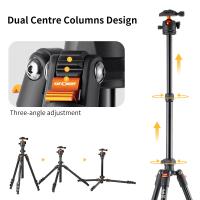
There are no comments for this blog.